Although school lunches have come a long way since the USDA under President Reagan tried to reclassify ketchup as a vegetable to save money, improvement is still sorely needed. The School Lunch Program was created so that no child would have to learn on an empty stomach. However, no one paid much attention to whether or not school food was healthy. Fast-forward 65 years, and now, according to the surgeon general, obesity is the fastest growing health risk in the nation, with the prevalence in childhood expected to double in the next two decades. While many factors contribute to obesity, poor nutrition plays a leading role.
Most of the students and staff I surveyed thought our cafeteria didn’t serve healthy lunches. About half don’t eat the cafeteria food because “the food is really greasy.” Even students who eat it say the cafeteria offerings are “unhealthy” and include “too many high calorie foods. Freshman Ben Harrington buys lunch only because he is “too lazy to make it.” Other kids don’t have a choice and buy lunch because they don’t have the food for lunch at home.
Although it may appear that most of the offerings are not healthy, students can find healthy options like salad and baked chips, but still long for more variety, with something different everyday.
Other districts around the country have begun to offer a minimum of four low-fat vegetable side dishes every day. We’re not even close! It doesn’t have to be gourmet to be healthier. Students would like more salads, fresh fruits, and vegetables. Noelle Williams suggests “low-fat smoothies.” Luke Babich wants “vegetarian options.” Joe Egan packs “a PB&J with fruit and crackers,” which he rightly considers healthy. These seem like relatively simple additions to our menu.
The issue of school lunches has become a federal case. We may not see FBI agents staking out our lunch line but first lady Michelle Obama has made healthy eating one of her priority issues. In his presidential proclamation for National School Lunch Week, President Obama announced that the American Recovery and Reinvestment Act funded the purchase of new food service equipment such as salad bars to enable school cafeterias to prepare and serve healthy food. We need to lobby our district to take advantage of this funding and give us some healthier choices for lunch. We may even learn to eat better as a result.
Despite the clamor for healthier lunches, students interviewed were unanimously in favor of keeping junk food in the vending machines. The USDA so far may only regulate the content of the school lunch program and not the food in vending machines.3 So in case things get too healthy, we’ll still have the opportunity to treat our blues with a little junk!

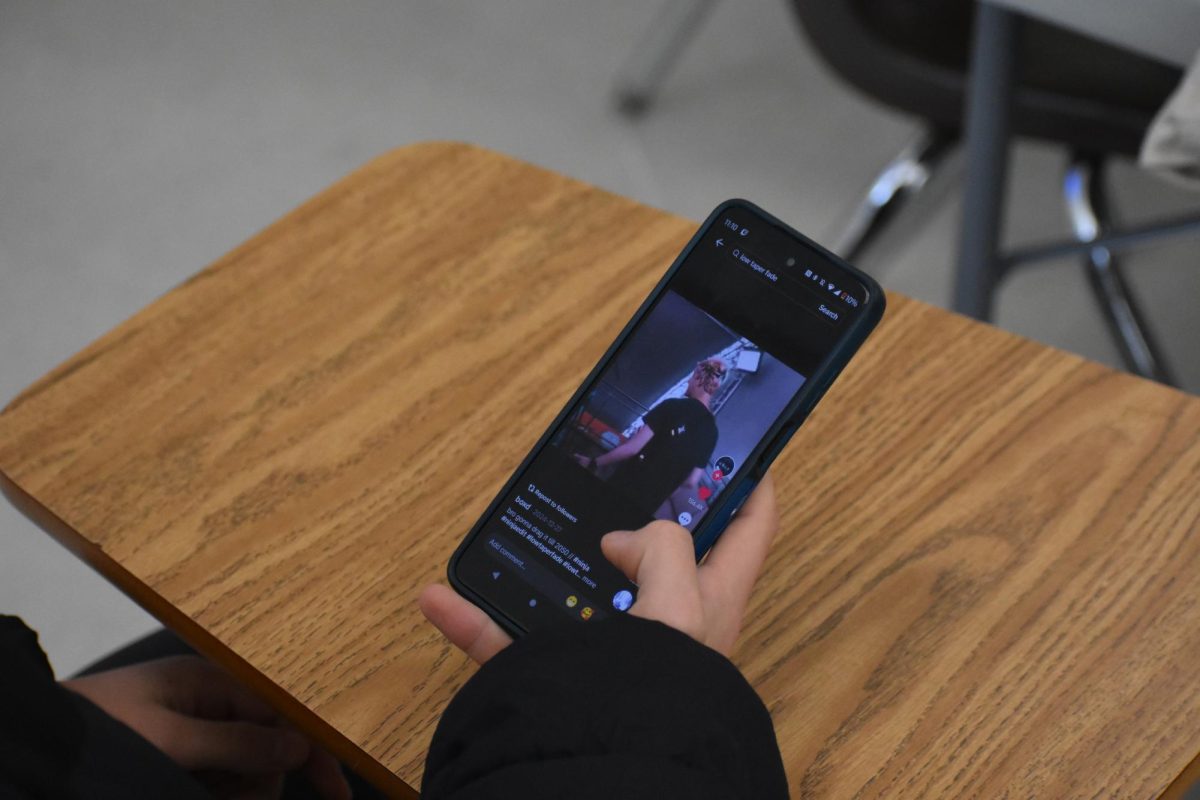

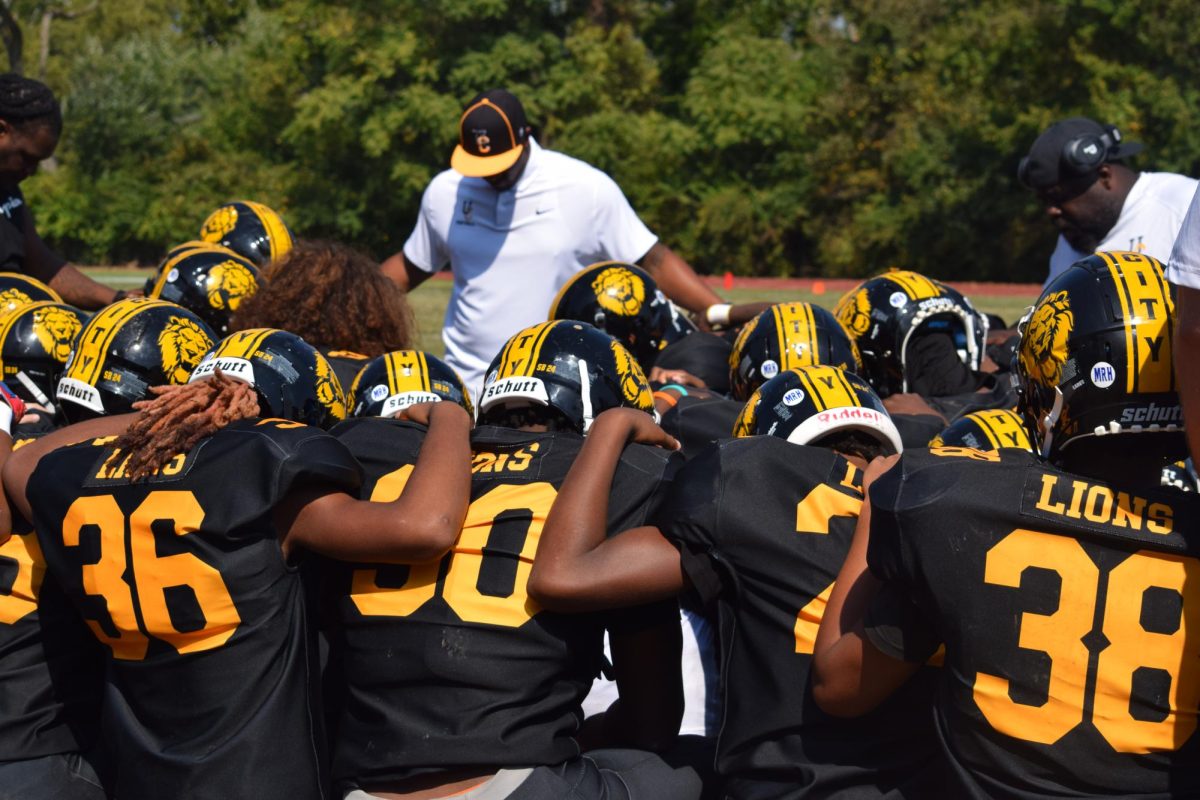
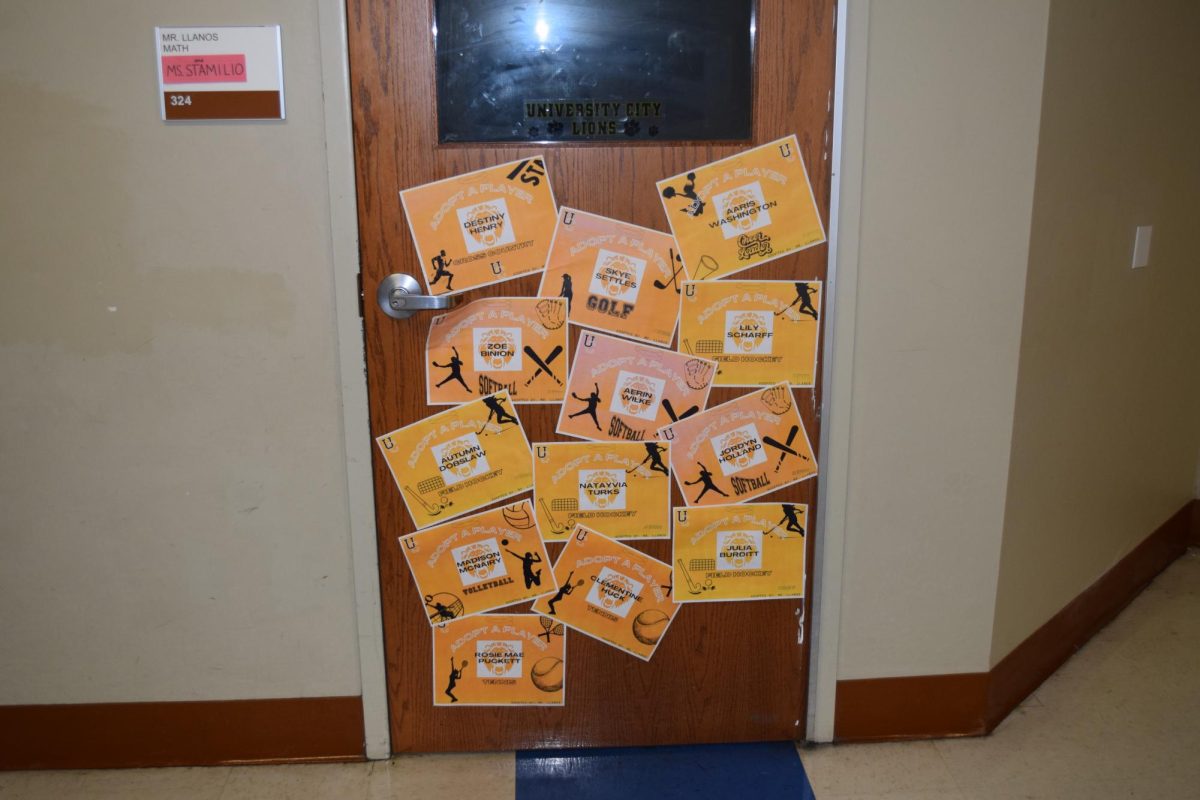






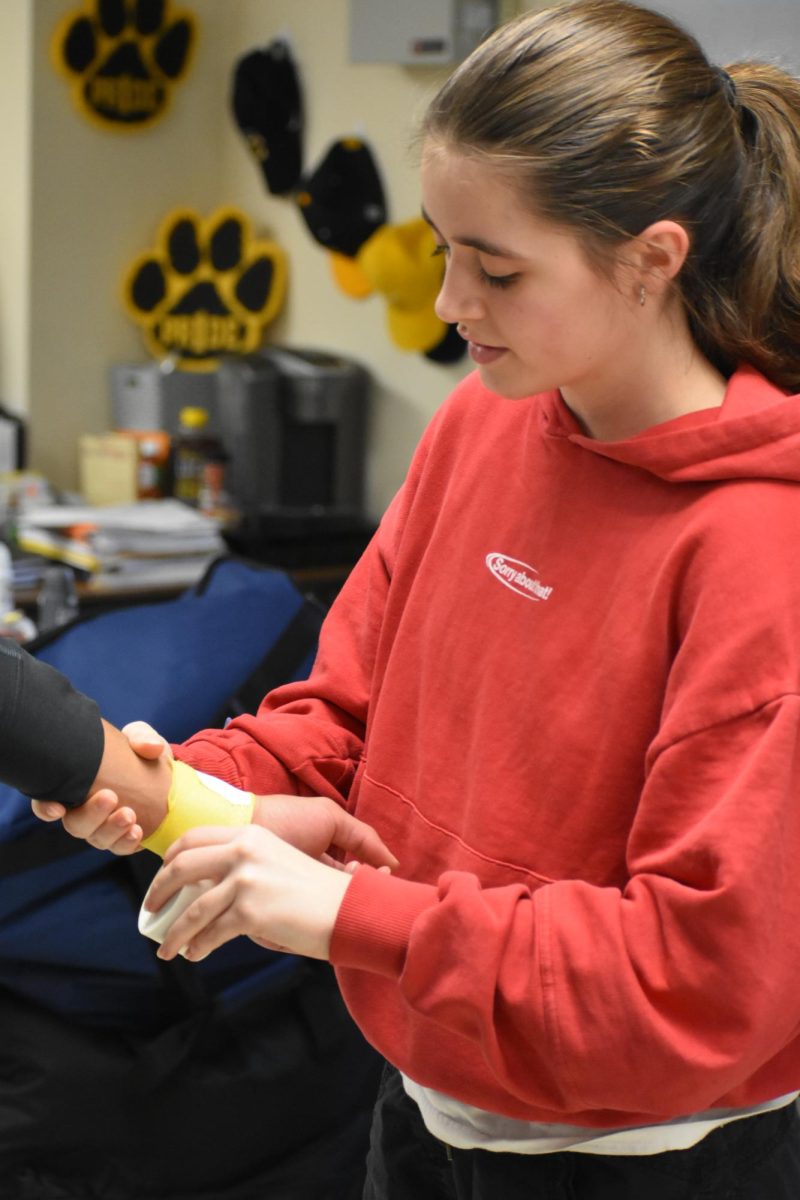

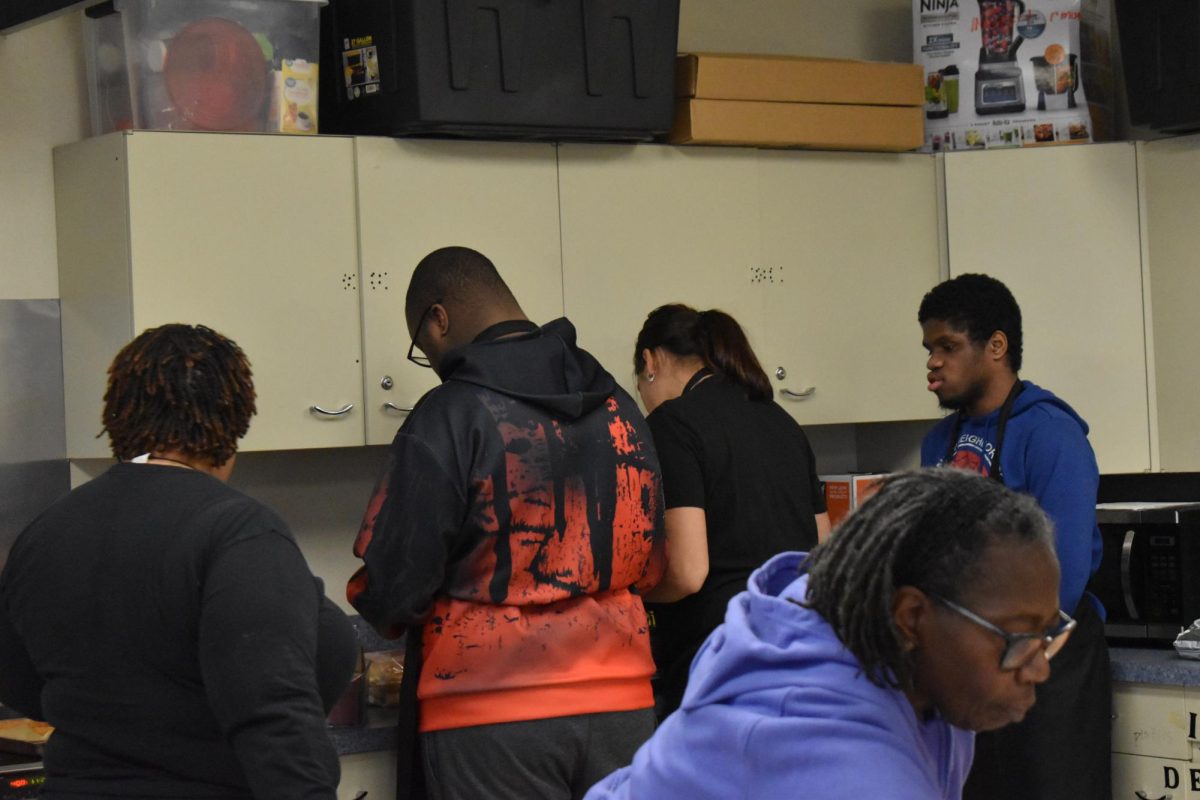


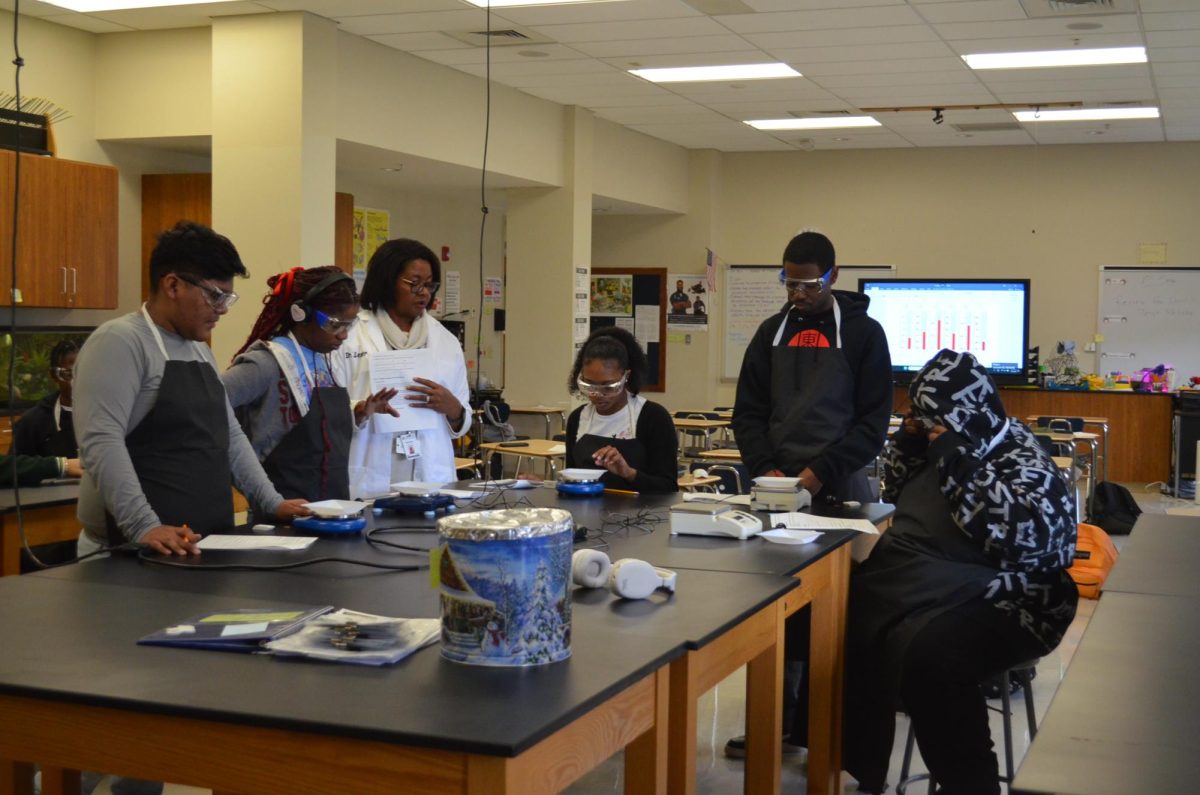



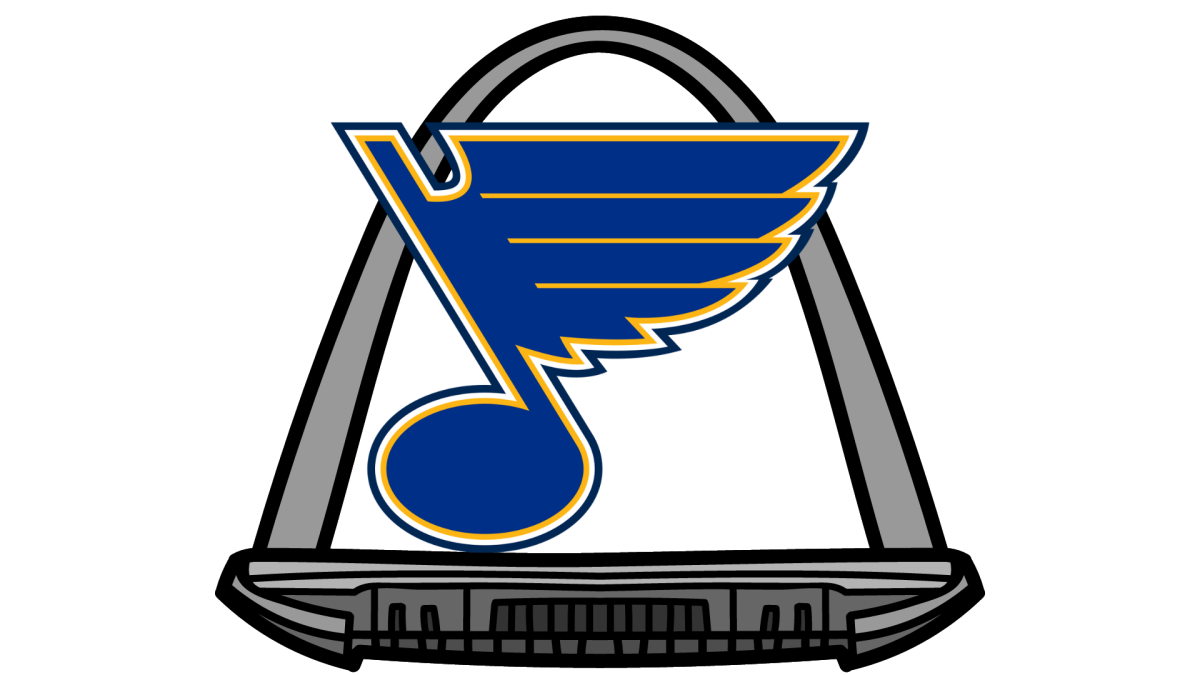
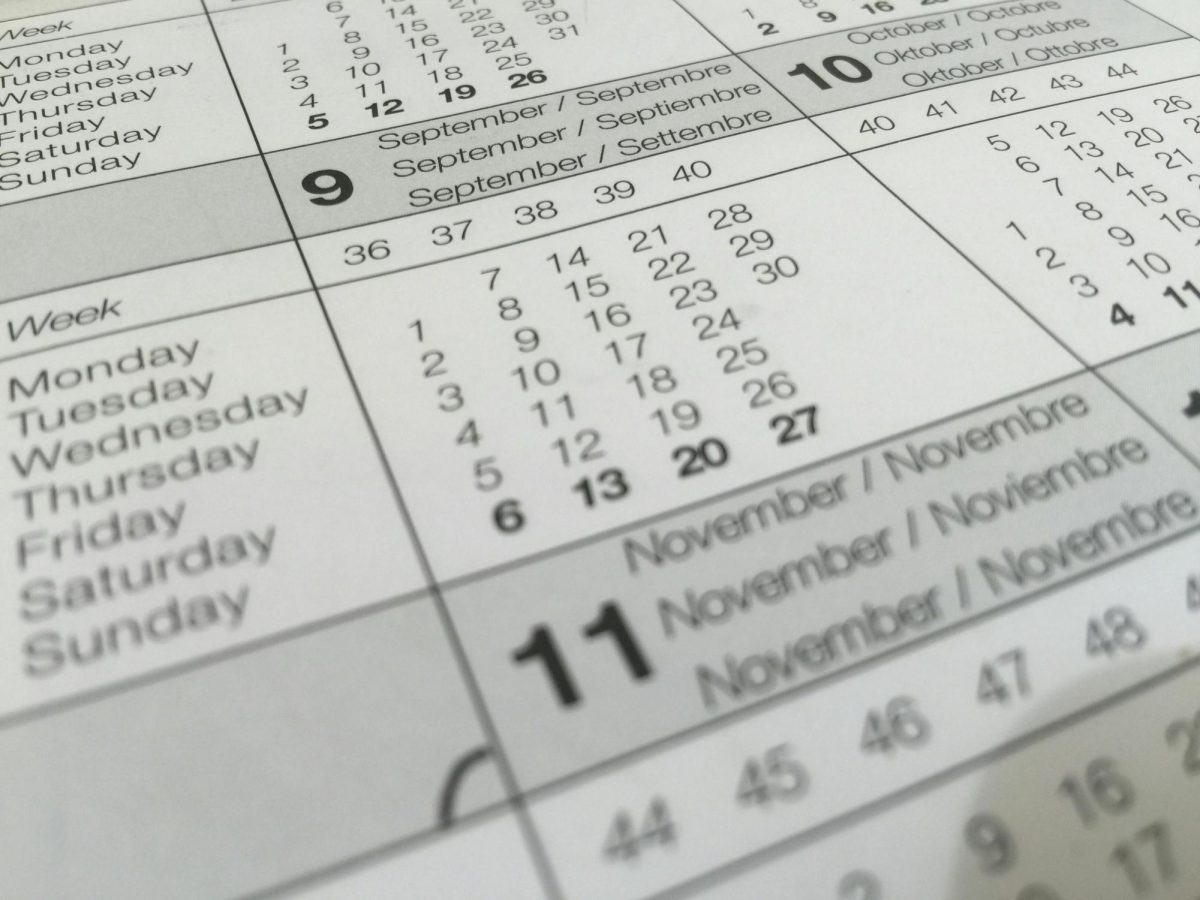










Kelly Mostello • Mar 3, 2011 at 2:09 PM
I heartily agree. Good article. Very timely.
Kelly Mostello • Mar 3, 2011 at 2:07 PM
I heartily agree. Good job on the article! Very timely.